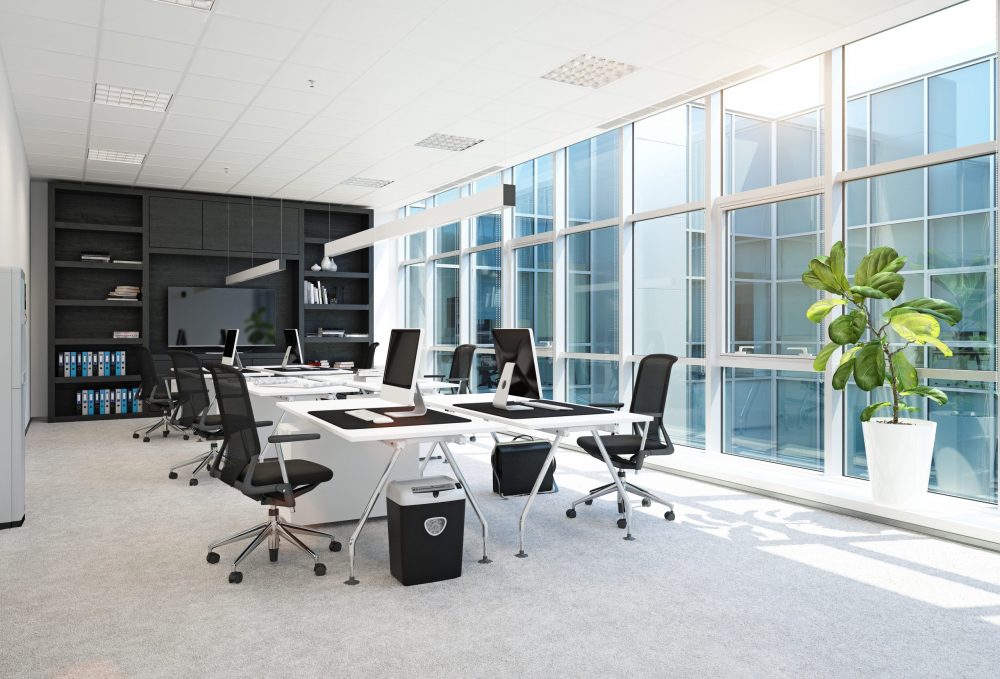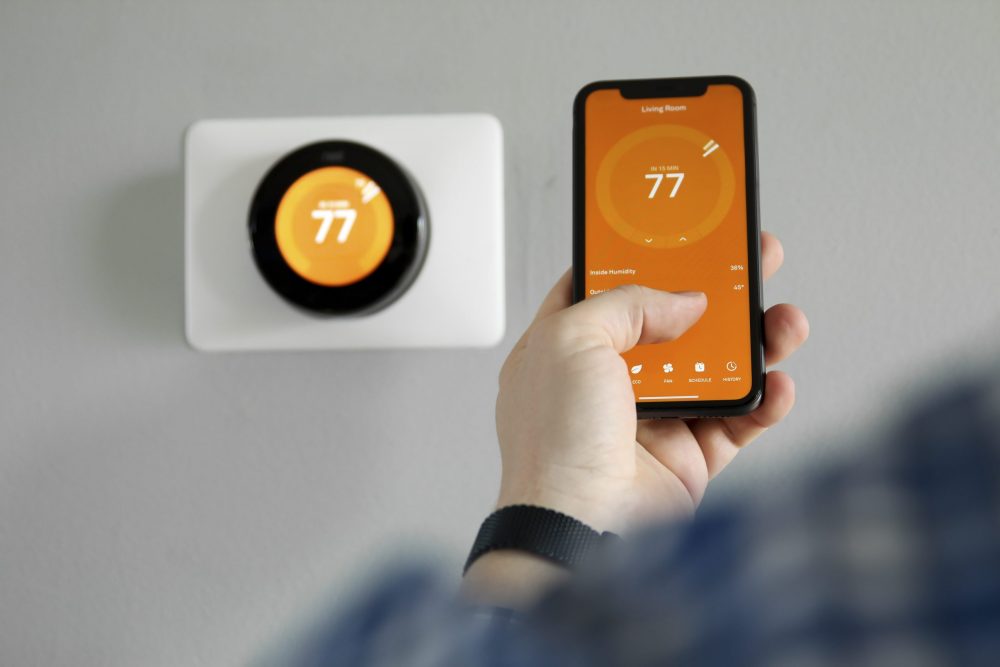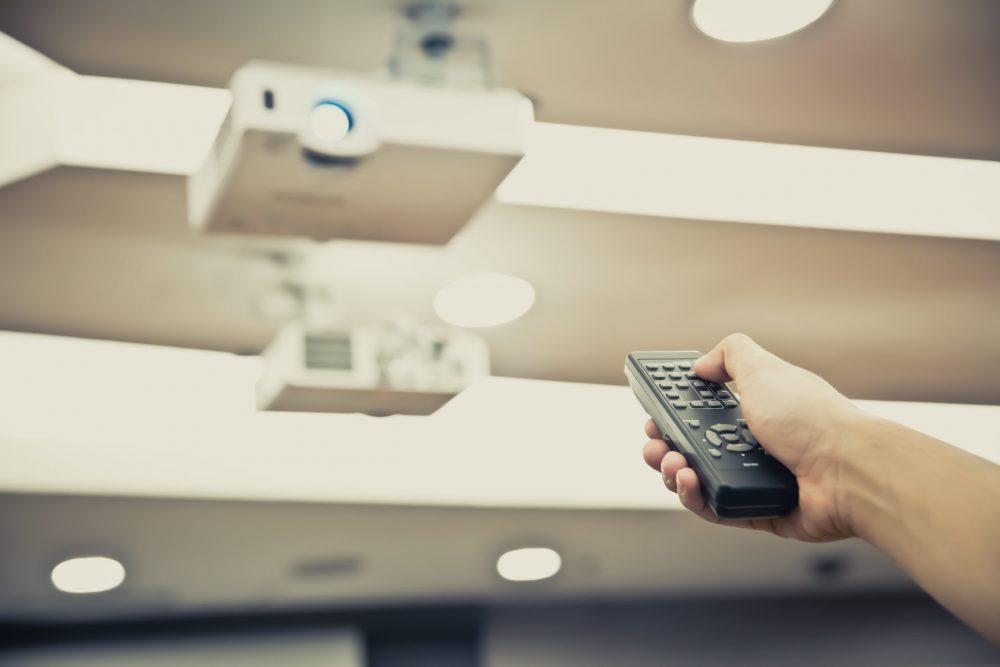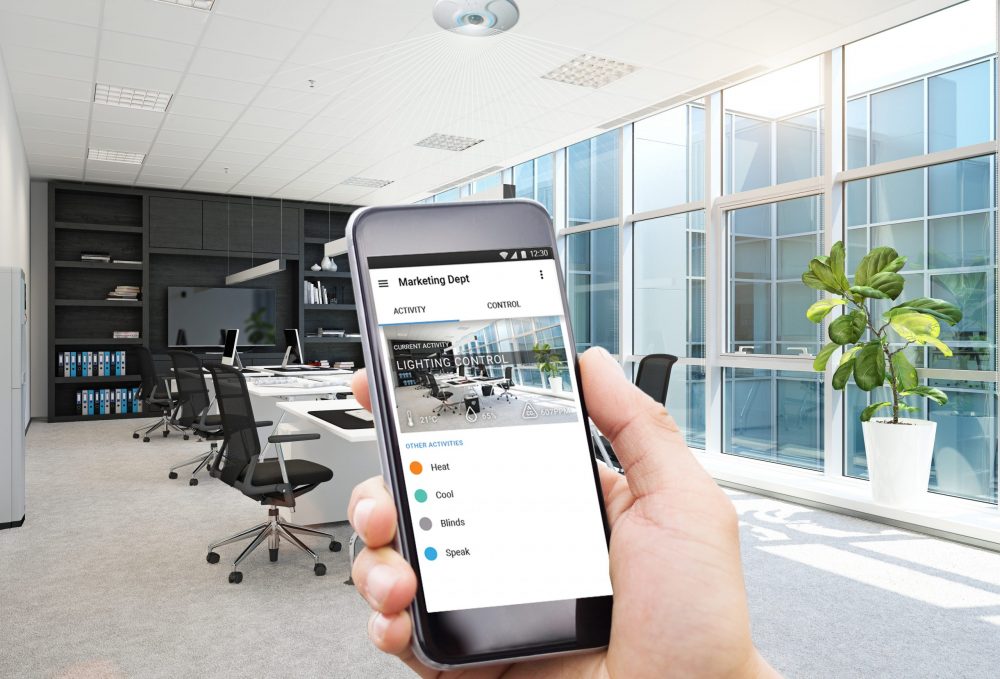The open office layout will survive COVID-19 – with the help of building automation systems to create the touchless office.

As politicians and business leaders scramble to imagine life in the post-pandemic world, large tech companies like Apple and Facebook are actively assembling their back-to-work strategies. Apple’s secretive product strategy makes it difficult for workers to maintain security while working remotely. What does a return to work look like, while protecting the health and safety of employees? Companies will be implementing different strategies to balance the need for corporations to resume profitability and yet be responsible to employees. Some are changing floorplans: separating desks and walling in workstations. Others are implementing staggered shifts. New measures in sanitization and hand washing may become the norm. BBC Future asks what “normal” really is. They challenged their readers to define normal and abnormal in psychological terms. As people grow increasingly nervous about the spread of germs, the definition of normal continues to shift.

Perceptions of what is considered normal behavior pre-pandemic may shift dramatically in the future. Technology as a reflection of the needs and habits of the populous will change as well. How many companies will be utilizing technology as a way to facilitate a new normal? Workers are already using technology in unique ways to facilitate current needs. Business communication apps are being widely adopted. Remote data exchange and collaboration tools such as Dropbox and Google Docs are gaining traction. Will this continue as people return to office life? What other technologies will help facilities cope, as we enter the next chapter?

The building automation industry is positioned to see drastic changes to help facilitate a healthy workplace. Standards for fresh air and Indoor Air Quality (IAQ) will certainly come to the forefront. How a space is utilized and how people interact with their environment is equally important. ASHRAE defines a minimum range of 15-20 cfm of fresh air per person in an office environment. This does not take into account all of the other factors in ASHRAE standards 62.1 and 62.2 that pertain to ventilation requirements. Total volume of space, expected activity requirements and total utilization of the space are all factored into the minimums. But fresh air won’t mitigate infection points. Door handles, AV remotes and common-use appliances are all at play when it comes to transmitting disease. Building automation will have to expand in scope if it is going to contribute to a safer work environment. Likewise, increases to filtering and ventilation requirements won’t be enough to prevent or mitigate the next pandemic. The industry will need to embrace the need for a touchless office environment to help workers re-gain the confidence of working at a desk with hundreds of other people in cubicles nearby.

The biggest change will be the separation of technologies in buildings. There is an expectation that building automation systems and the equipment that people use in a facility are separate. Typically, in a boardroom, an access system controls entrance into the space if access is automated. It is booked for use through proprietary software at a PC. Temperature is controlled by a wall thermostat. Users adjust lighting by common switches and dimmers. Automatic blinds are controlled by remotes or touchpads. AV equipment is manually switched on by another remote control. All of these are potential infection points when used by multiple people every day. As long as these systems remain separate, they will remain infection points. All of these systems will need to become more commonly integrated to have a meaningful effect on the safety of office spaces.

Integration starts with networks. Building automation systems are poised to become the central communication hub of any facility. Building networks are implemented using IP communication with increasing frequency. IP communication is the same network type as computers. If employees book meeting rooms with Microsoft Outlook or similar proprietary booking apps, they could be connected directly to the building automation system. This is a key point in the integration of equipment. Access and lighting systems have been increasingly integrated into building automation. Automatic blinds are relatively simple devices by building automation standards. They require simple wireless protocols or direct-wired connections from the BAS to control. With these systems and devices connected, a user can book a meeting room, adjust preferred lighting, open the doors to the room and adjust the blinds for presentations. Nonetheless, infection points still remain. Integrated or not, lighting is typically controlled from wall switches. Blinds use remotes or touch panels. Temperature is controlled by thermostats. People will need to turn on a projector to deliver presentations.

Building automation systems can do better, though. Design of these systems needs to start from the perspective of being user-centric. Building systems are typically designed with the thought that only select individuals in a building will access the system directly. These people are frequently facilities managers, maintenance staff or energy managers. In user-centric design, it is assumed that anyone in the building could access the system in order to avoid the infection points. Users need to access the system from their phones. In an era where an app exists for everything, it is surprising how infrequently apps are designed and implemented for building control. When those apps are available, they are mainly designed for use by a small portion of people in the building. The COVID-19 pandemic may change all of this. In an era where touching a door handle or light switch is risky business, the industry will have the motivation necessary to overhaul these designs. When that happens, the reality of a touchless office will begin taking shape.

However, there’s still the matter of the television in the boardroom. People will naturally search for a remote control to turn on the screen, adjust volume and change inputs. That’s where the extension of system integration comes in. As IoT protocols such as MQTT grow more prevalent, building automation systems can use those protocols to control devices that are used every day, but rarely are integrated into the system. IoT provides a common point of integration. Other communications can be integrated as well, including Bluetooth, IR communications and API.

In a touchless office, an employee can use a Bluetooth access reader to open the doors of the building using their phone. They can book meetings, schedule hot-desk assignments and schedule times that they’ll be in the office or working from home from a single app. This app will turn on lights and adjust the room temperature. When they need to attend a meeting, this same app turns on televisions and opens meeting space doors. With Bluetooth beaconing it will all be automatic, or they can fine-tune their settings. There’s no limit to what can be controlled. One day, employees could order a coffee from the company canteen using their phone, the same way they order from their local coffee shop today. This isn’t a future vision reliant on technologies that have yet to be created. The vision described here uses communication technology that’s in existence and in operation today. With the right building system, corporations need to be exploring a touchless office as the centerpiece for their return-to-work strategy. Welcome to the new normal.

